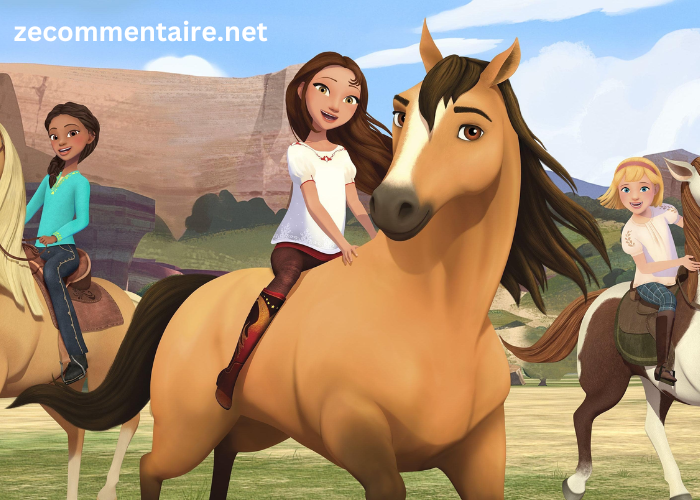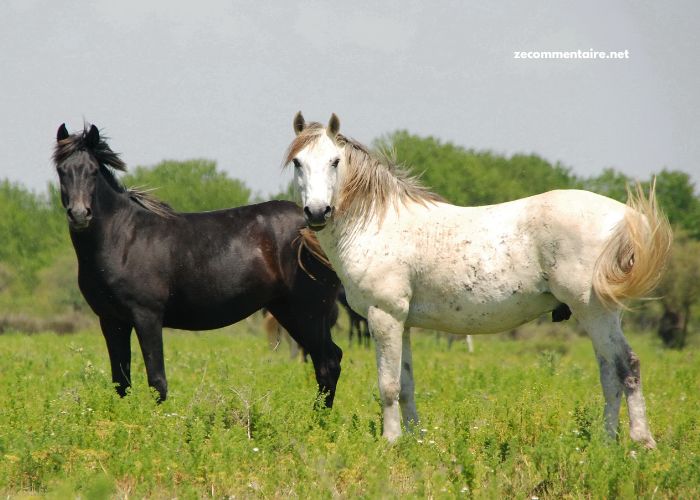The history of horses and their relationship with humans is a fascinating journey that spans thousands of years. From their early days as wild animals roaming the steppes to their current roles as companions and athletes, horses have significantly shaped and been shaped by human civilization. This article explores the evolution of horses in human history, highlighting key milestones and the enduring bond between these noble creatures and humankind. Discover the finest quality turf products at AbdellatifTurf. From lush green grass to durable turf solutions, find everything you need for your landscaping projects.
Early Domestication and the Dawn of Horse-Human Partnership
The story of horses begins in the prehistoric steppes of Central Asia, where they roamed freely as wild herds. It is believed that the Botai culture of Kazakhstan was among the first to domesticate horses around 3500 BCE. These early horses were initially used for meat and milk, but their potential as a mode of transportation and as beasts of burden quickly became apparent.
As humans recognized the strength and speed of horses, they began to breed them selectively for various purposes. This early domestication marked the start of a profound partnership that would revolutionize transportation, agriculture, and warfare.
Horses in Ancient Civilizations
Horses played a pivotal role in the development of ancient civilizations. In Mesopotamia, Egypt, and China, they became essential for trade, communication, and military conquests. The chariot, an invention that combined the horse’s speed with human ingenuity, transformed warfare and facilitated the expansion of empires. The Hittites, Egyptians, and later the Greeks and Romans, utilized chariots to great effect in battle, demonstrating the strategic advantage horses provided.
In addition to their military applications, horses also became symbols of status and power. Nobility and royalty across cultures were often depicted with their prized steeds, and elaborate equestrian art and literature began to emerge, celebrating the horse’s beauty and strength.
The Middle Ages and the Rise of the Mounted Warrior
The Middle Ages saw the rise of the mounted knight, a figure that became emblematic of medieval warfare and chivalry. Horses were bred for size and strength to carry armored knights into battle. The introduction of the stirrup, saddle, and horseshoe significantly improved the effectiveness and endurance of both horse and rider.
During this period, horses were also essential for agriculture. The development of the heavy plow and other farming implements, often drawn by powerful draft horses, led to increased agricultural productivity and, subsequently, population growth.
The Age of Exploration and the Spread of Horses
The Age of Exploration brought horses to new continents, profoundly impacting indigenous cultures. Spanish conquistadors introduced horses to the Americas in the 16th century, where they quickly became integral to Native American societies. The Plains tribes, in particular, adopted the horse for hunting, travel, and warfare, transforming their way of life.
Horses also played a crucial role in the expansion of trade routes. The Silk Road, which connected East and West, relied heavily on horses for the transport of goods and information. Similarly, the Pony Express in the 19th-century United States showcased the horse’s enduring importance in communication.
Modern Era: From Workhorse to Companion
In the modern era, the role of horses has shifted from essential labor to leisure and sport. Advances in technology have replaced horses with machines in most practical applications, but their cultural and emotional significance remains strong. Equestrian sports, such as dressage, show jumping, and racing, celebrate the skill and grace of horses and riders.
Horses also serve therapeutic roles, providing physical and emotional benefits to individuals through programs like equine-assisted therapy. Their gentle nature and responsiveness make them ideal partners for fostering trust and healing in people with various conditions.
Conclusion: The Enduring Bond
The evolution of horses in human history is a testament to their versatility, strength, and enduring appeal. From wild steeds to noble companions, horses have been more than just animals; they have been partners, warriors, workers, and friends. The bond between humans and horses continues to thrive, reflecting a deep mutual respect and admiration that has stood the test of time. As we look to the future, this ancient relationship is likely to continue evolving, honoring the rich legacy of these magnificent creatures.




